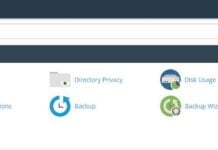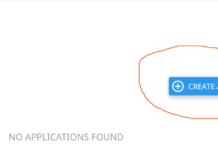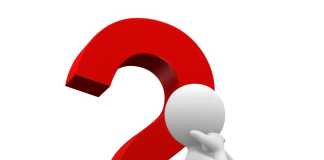Django is a free and open source web application framework, written in Python, which follows the model–view–controller architectural pattern. It is maintained by the Django Software Foundation (DSF), an independent organization established as a 501(c)(3) non-profit.
Django’s primary goal is to ease the creation of complex, database-driven websites. Django emphasizes reusability and “pluggability” of components, rapid development, and the principle of don’t repeat yourself. Python is used throughout, even for settings, files, and data models. Django also provides an optional administrative create, read, update and delete interface that is generated dynamically through introspection and configured via admin models.
Some well known sites that use Django include Pinterest, Instagram, Mozilla, The Washington Times, and the Public Broadcasting Service.
Django was originally developed to manage several news-oriented sites for The World Company of Lawrence, Kansas, and was released publicly under a BSD license in July 2005; the framework was named after guitarist Django Reinhardt. In June 2008, it was announced that a newly formed Django Software Foundation (DSF) would maintain Django in the future.
Components
The core Django MVC framework consists of an object-relational mapper which mediates between data models (defined as Python classes) and a relational database (“Model”); a system for processing requests with a web templating system (“View”) and a regular-expression-based URL dispatcher (“Controller”).
Also included in the core framework are: A lightweight, standalone web server for development and testing. A form serialization and validation system which can translate between HTML forms and values suitable for storage in the database. A caching framework which can use any of several cache methods. Support for middleware classes which can intervene at various stages of request processing and carry out custom functions. An internal dispatcher system which allows components of an application to communicate events to each other via pre-defined signals. An internationalization system, including translations of Django’s own components into a variety of languages. A serialization system which can produce and read XML and/or JSON representations of Django model instances. A system for extending the capabilities of the template engine. An interface to Python’s built-in unit test framework.
Bundled applications [edit]
The main Django distribution also bundles a number of applications in its “contrib” package, including: An extensible authentication system. The dynamic administrative interface. Tools for generating RSS and Atom syndication feeds. A flexible commenting system. A sites framework that allows one Django installation to run multiple websites, each with their own content and applications. Tools for generating Google Sitemaps. Built-in mitigation for cross-site request forgery, cross-site scripting, SQL injection, password cracking and other typical web attacks, most of them turned on by default[13][14] Template libraries which enable the use of lightweight markup languages such as Textile and Markdown. A framework for creating GIS applications.















